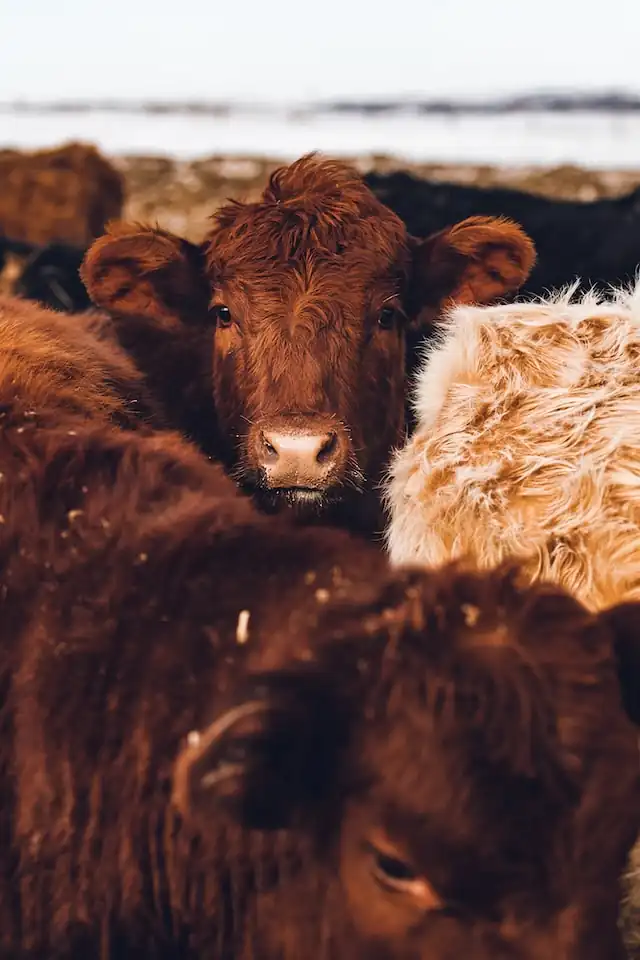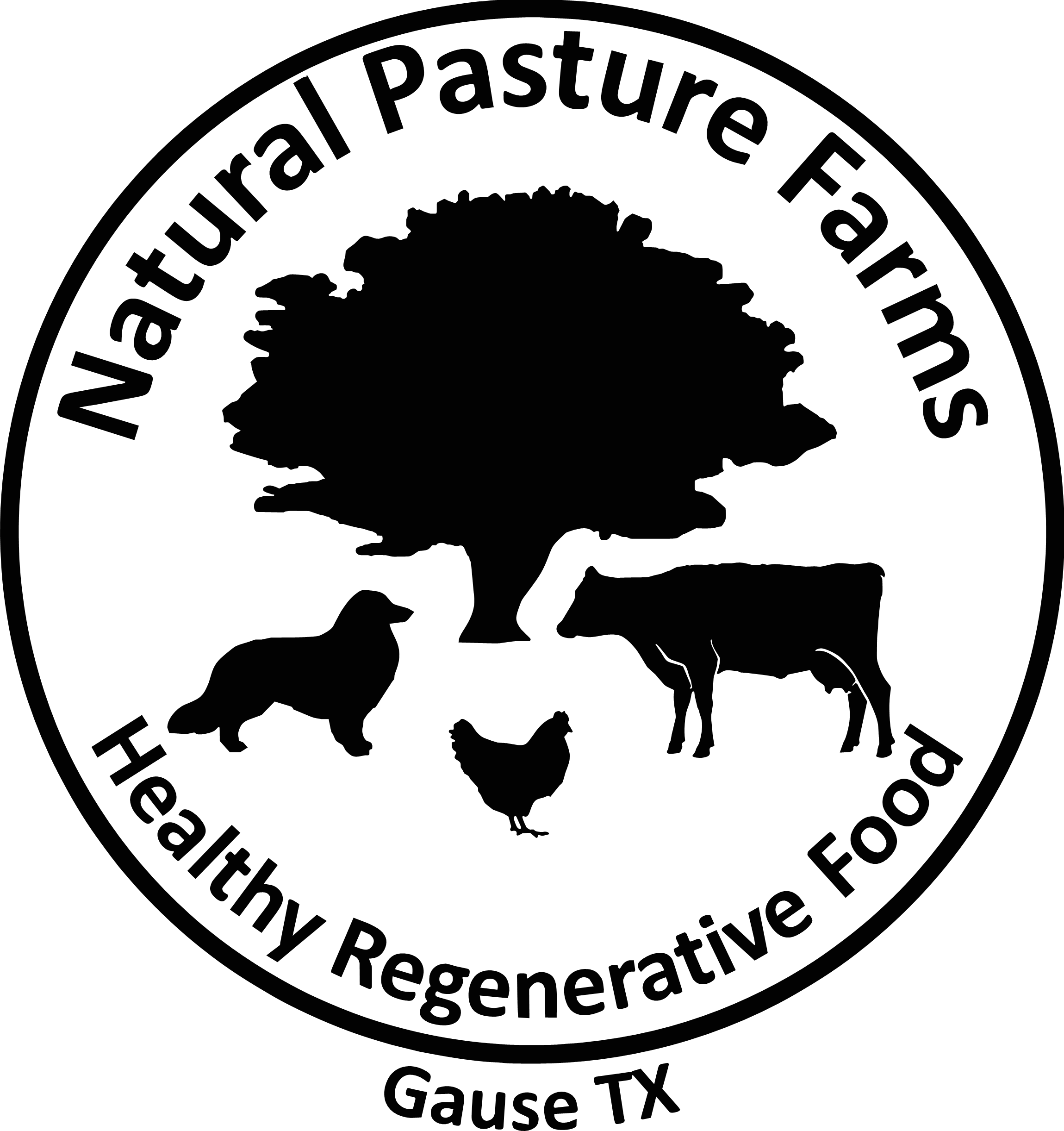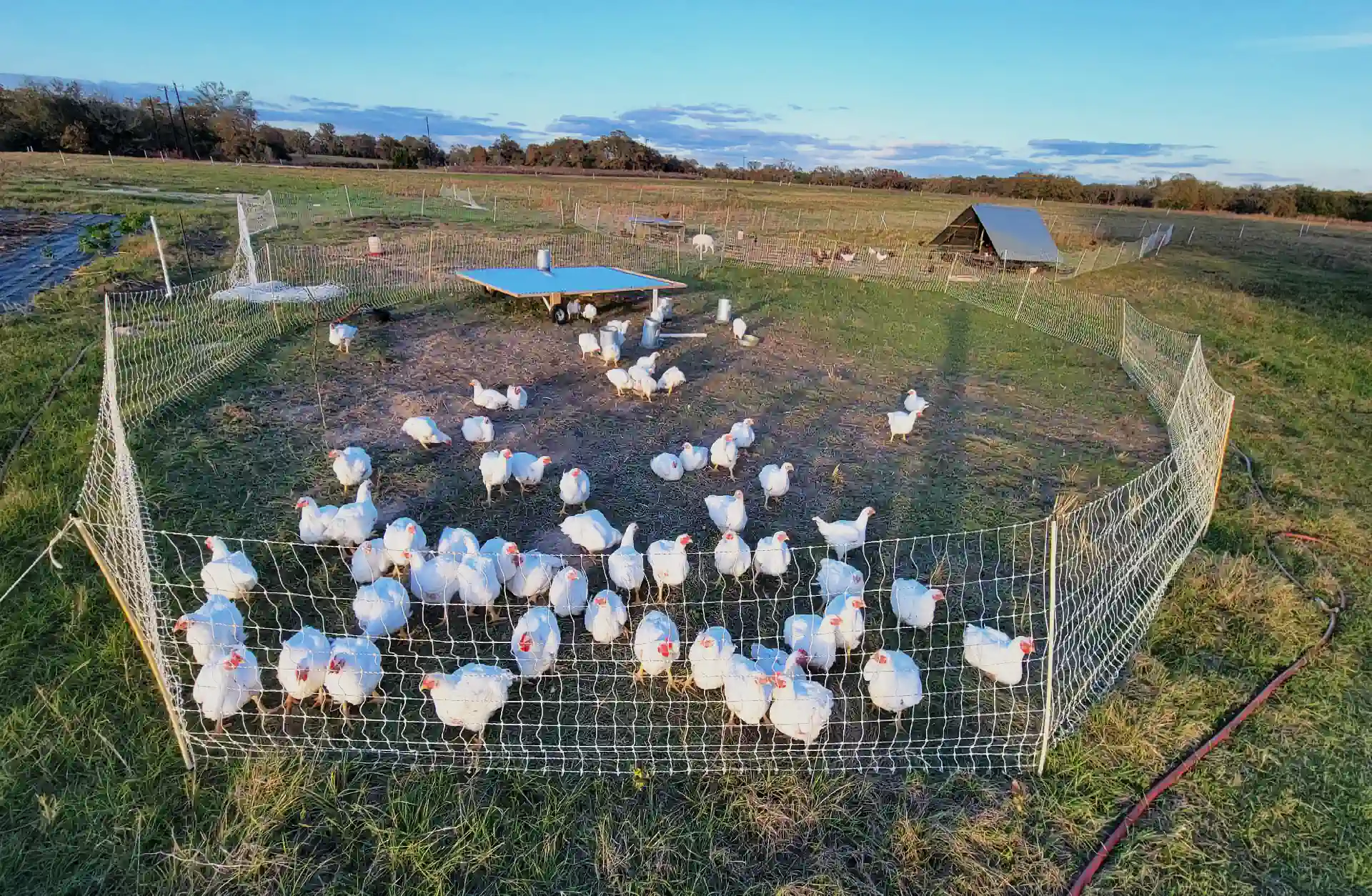Sustainable farming is co-opted, Regenerative is the new buzz word.
As consumers, we have more power than we might realize in shaping the food industry. By making informed choices about the products we buy, we can help support farming practices that benefit both the environment and our health. But what exactly should we be supporting?
In this article we will explore how the term sustainable has been co-opted and why regenerative farming is the new word you should be looking for. Whether you’re a consumer looking to make more informed choices, a homesteader or gardener interested in sustainable and regenerative practices, or a farmer seeking to transition to more regenerative methods, this post will provide you with the information you need to make a positive impact on the food industry and the environment.
II. Sustainable Farming Is Co-Opted
Definition
Sustainable farming is an approach to agriculture that seeks to balance economic, environmental, and social considerations in the production of food. It aims to meet the needs of the present without compromising the ability of future generations to meet their own needs. This means that sustainable farming practices are intended to be long-term and holistic, taking into account not only the production of food but also its impact on the environment and society.
Examples of sustainable farming practices include reducing the use of chemical fertilizers and pesticides, conserving water and energy, protecting soil health, and supporting biodiversity. Sustainable farming can also involve the use of renewable resources, such as solar or wind power, and the integration of animals into the farming system to help with nutrient cycling and weed control.
Drawbacks
While sustainable farming can help to reduce the negative impact of agriculture on the environment, there are some drawbacks to this approach. First, the focus is on sustaining the resources we already have. This is a major issue as we already have a degraded land base from our modern agricultural farming methods. We need to be working towards improving and restoring out lands so that we can heal the wounds.
Second, the term is loosing its meaning as the commercial food industry co-opts the term sustainable and undermines the farming practices that it is supposed to stand for.

III. Regenerative Farming Is The New Search Term
Regenerative farming is a more recent approach to agriculture that goes beyond sustainable farming. It is based on the principle of restoring and enhancing the health of the soil, and as a result, the entire ecosystem, through a series of practices that mimic natural processes. Examples of regenerative farming practices include reducing tillage, planting cover crops, intercropping, composting, using natural fertilizers, and integrating livestock into the farming system.
One key difference between sustainable and regenerative farming is that regenerative farming seeks to not only reduce the negative impacts of agriculture on the environment, but to actively regenerate the ecosystem. This is achieved by focusing on the health of the soil as the foundation of all other components of the ecosystem. In contrast, sustainable farming is more focused on reducing the negative impacts of farming on the environment rather than actively regenerating it.

IV. Health Benefits of Regenerative Farming
Regenerative farming practices can have positive impacts on our health. By taking a holistic approach, regenerative farming can lead to healthier soil, cleaner water, and more nutrient-dense crops. Furthermore, grass-fed meats, pasture-raised eggs and produce, produced using regenerative practices, have been shown to have higher levels of healthy fats and other nutrients than their conventionally produced counterparts.
One study conducted by the Union of Concerned Scientists found that crops grown using sustainable farming practices had higher levels of nutrients such as vitamin C, iron, and magnesium than conventionally grown crops.
Another study found that grass-fed beef had higher levels of omega-3 fatty acids, which are essential for heart health, as well as higher levels of conjugated linoleic acid (CLA), which has been linked to a reduced risk of cancer. I would recommend that you search out grass-finished beef over grass-fed beef because grass-fed is another one of those co-opted terms.

In addition to the potential health benefits of regenerative farming practices, there are also social and economic benefits to consider. For example, supporting local farmers who use regenerative practices can help to strengthen local economies and communities.
V. Economic Benefits Of Regenerative Farming
Regenerative farming can also have significant economic benefits, both for farmers and for society as a whole. By reducing the use of expensive chemical inputs, regenerative farming practices can lead to lower production costs and higher profits for farmers. In addition, by increasing soil health and fertility, these practices can lead to higher yields and greater resilience in the face of weather events and other challenges.
Furthermore, regenerative farming can also have broader economic benefits by reducing water pollution, improving air quality, and protecting biodiversity. These benefits can lead to reduced healthcare costs, increased property values, and other economic benefits for society as a whole.

In addition, supporting local farmers who use regenerative practices can help to strengthen local economies and communities. By purchasing food from local farmers, consumers can help to keep money within their local communities and support the development of local businesses.
VI. Environmental Benefits Of Regenerative Farming
Perhaps the most well-known benefits of regenerative farming are the positive impacts on the environment. By reducing the use of chemicals, protecting soil health, and promoting biodiversity, these practices can help to mitigate the negative impacts of conventional farming, such as water pollution, soil erosion, and loss of biodiversity.
One key aspect of regenerative farming is the use of rotational grazing practices, which involve rotating animals through different pastures to prevent overgrazing and promote soil health. This can help to build soil and increase species composition while reducing the need for herbicides and pesticides. Additionally, by promoting biodiversity and reducing the use of chemicals, regenerative farming can help to protect ecosystems and support the health of pollinators such as bees and butterflies.
In addition to these benefits, regenerative farming can also help to conserve water and reduce the impacts of drought. By promoting healthy soil that can retain water more effectively, these practices can help to reduce the amount of water needed for irrigation. In some cases, regenerative farming practices have even been shown to improve water quality by reducing the amount of runoff and leaching of chemicals into waterways.

VII. Supporting Regenerative Farms
If you’re interested in supporting regenerative farming, there are several actions you can take. One is to buy products that are produced using regenerative farming practices, such as grass-finished beef or pasture-raised eggs. Another is to support local farmers who use regenerative practices or to start your own regenerative garden.

By making these choices, you can help support the regeneration of the environment and contribute to a more sustainable food system. I wrote an article on how to find local regenerative farms in your area if you are interested.

